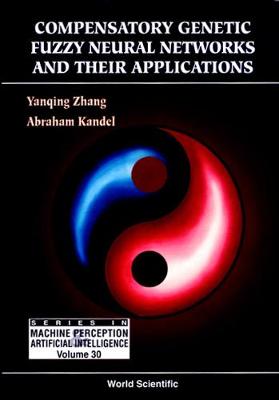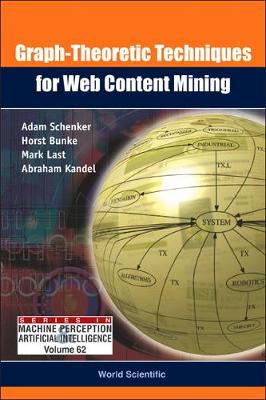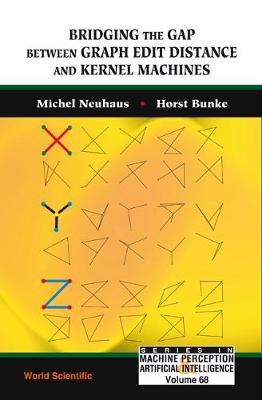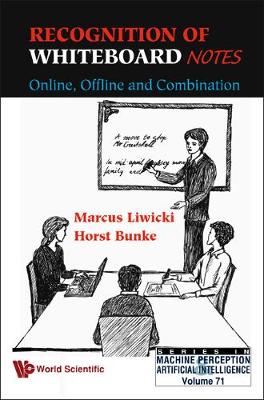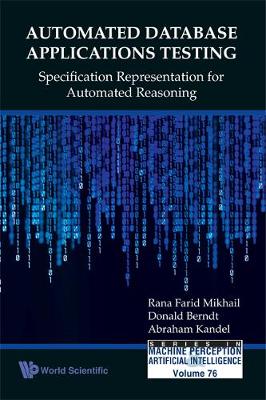Series In Machine Perception And Artificial Intelligence
8 primary works
Book 30
Compensatory Genetic Fuzzy Neural Networks And Their Applications
by Abraham Kandel and Yan-qing Zhang
Book 32
Introduction To Pattern Recognition: Statistical, Structural, Neural And Fuzzy Logic Approaches
by Menahem Friedman and Abraham Kandel
Book 62
Graph-theoretic Techniques For Web Content Mining
by Adam Schenker, Horst Bunke, Mark Last, and Abraham Kandel
Book 68
Bridging The Gap Between Graph Edit Distance And Kernel Machines
by Michel Neuhaus and Horst Bunke
Book 71
Recognition Of Whiteboard Notes: Online, Offline And Combination
by Horst Bunke and Marcus Liwicki
Book 76
Automated Database Applications Testing: Specification Representation For Automated Reasoning
by Rana Farid Mikhail, Donald J Berndt, and Abraham Kandel
Book 77
Graph Classification and Clustering Based on Vector Space Embedding
by Kaspar Riesen and Horst Bunke
Book 89
